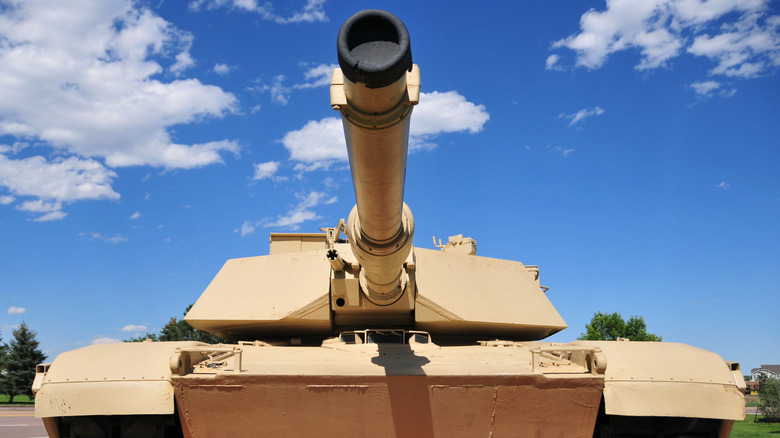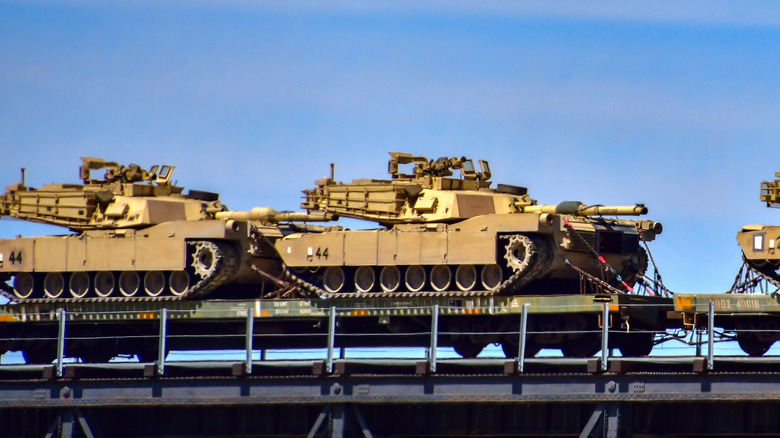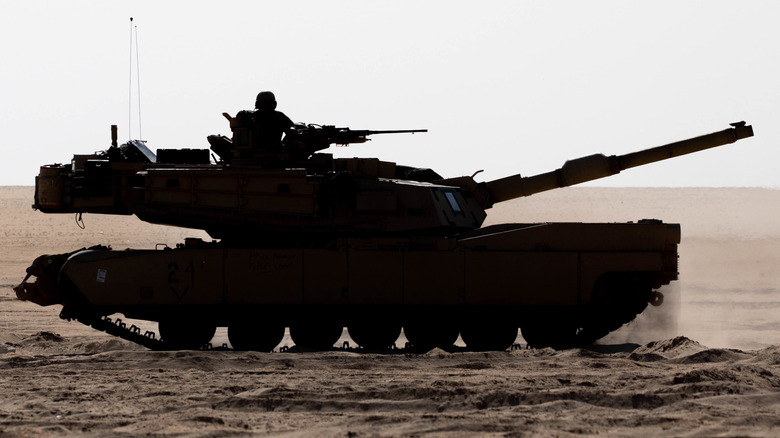How Are Modern Tanks Made? A Look Inside Tank Production Today
Tanks have become a mainstay on the battlefield since their introduction by the British at the Battle of Flers-Courcelette on 15 September 1916. Their potential was put succinctly by Col. Jean Baptiste Estieene on Aug. 24, 1914, when he said, "Victory in this war will belong to the belligerent who is the first to put a cannon on a vehicle capable of moving on all kinds of terrain."
Nations around the world would quickly adopt the tank as a critical part of their military arsenals. The U.S. alone produced over 86,000 during World War II. The vast majority of these, in fact, a full 25%, were built at the Detroit Arsenal Tank Plant in Detroit, Michigan. The tank would have an ever-changing role in subsequent conflicts from the Korean War to the conflict that arose in Ukraine in 2022. As such, the need for tank manufacturing continues, though in greatly reduced numbers since World War II.
Steps in the process
In the modern day, tank manufacturing is relegated to one plant in the town of Lima, Ohio. Known as the Joint Systems Manufacturing Center (JSMC), the plant has been in the tank-building business since it opened during World War II. In the 1980s, it began producing the M1 Abrams tank. With a capacity to build up to 33 tanks a month, the JSMC, on behalf of the U.S. government, currently takes existing tanks and upgrades them. Its current mission is to deliver ready tanks to Ukraine.
The process begins with the delivery of a tank chassis and turret from a storage facility in Anniston, Alabama. The U.S. has more than 2,500 Abrams. Older tanks are constantly being recycled and repurposed, after being stripped down to their chassis. The foundation is then put through sandblasting and painting, producing what Defense Logistics Agency Public Affairs Officer Craig Rader says is an "as-good-as-new refurbished tank." This part of the process takes up to 1.5 to two years from beginning to end.
Tank build wrap up and testing
The "new" tank proceeds through the buildup process at the plant, which includes welding titanium alloy sheets with a tool that can hit 18,000 degrees Fahrenheit. This provides the tank with its shell, which protects crews by deflecting bullets and shells. Dieseled-powered auxiliary engines are also installed as part of production. These give the tank an alternative power source to the main engine, which is powered by jet fuel. In addition to the installation of vital electrical systems to power everything, the new tank goes further down the line for its tracks. These tracks weigh over two tons each, stretch for over 60 feet, and allow the tank to travel up to 44.7 miles per hour says JSMC quality assurance specialist, David Hobbs.
Once the build is complete, the new tank is put through a testing phase at the plant. On the two-mile road test track at JSMC, a series of obstacles are tested to ensure every component is operating as expected. When testing is completed, the new tank is shipped to Fort Hood, in Texas, to have its radio and weapons systems installed before being assigned to an armor unit and deployed.


